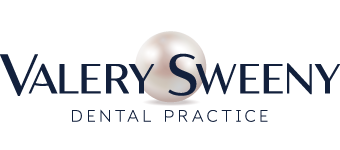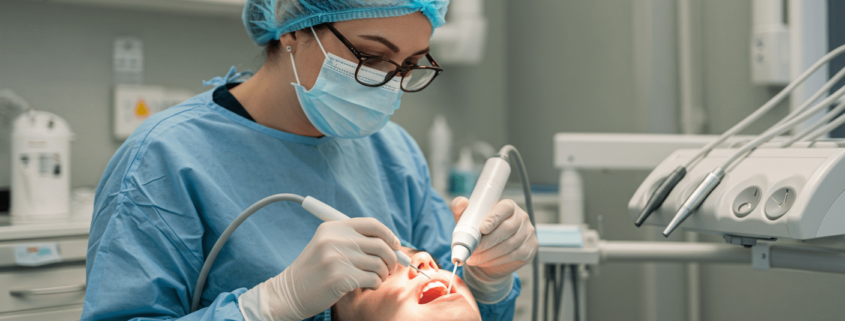Laser Dentistry: The Future of Painless Dental Procedures?
Let’s be honest—no one loves going to the dentist, especially when there’s a drill involved. But what if dental treatments could be pain-free, faster, and more precise? That’s where laser dentistry comes in.
This cutting-edge technology is changing the game by eliminating the need for traditional drills and reducing discomfort during treatments. From cavity removal to gum surgery and teeth whitening, lasers are making dental care more efficient and less intimidating.
Is laser dentistry truly the future of painless dental procedures? Let’s dive into the science, benefits, and real-world applications of this revolutionary technology.
TL;DR – Quick Guide
- Laser dentistry replaces traditional drills and scalpels with high-energy light.
- Benefits include less pain, faster healing, and reduced risk of infection.
- Common uses: cavity removal, gum disease treatment, root canals, and whitening.
- Minimally invasive: no anesthesia in many cases, with minimal bleeding.
- The future? Laser tech is evolving, making dental care more comfortable than ever.
What is Laser Dentistry?
Laser dentistry uses focused light energy to perform dental procedures with extreme precision. Unlike traditional methods that rely on drills, scalpels, and sutures, lasers allow for non-invasive or minimally invasive treatments.
There are two main types of dental lasers:
- Hard Tissue Lasers – Used for teeth procedures like cavity detection, decay removal, and tooth reshaping.
- Soft Tissue Lasers – Used for gums and soft tissues, helping with gum reshaping, periodontal treatments, and even cold sore relief.
By replacing conventional tools with lasers, dentists can minimize pain, speed up recovery, and improve accuracy.
Benefits of Laser Dentistry
1. Painless Procedures (Mostly!)
Lasers reduce or eliminate the need for anesthesia, especially in minor procedures. Since they don’t create heat, pressure, or vibration, they cause far less discomfort than drills.
2. Faster Healing and Less Bleeding
Laser procedures are minimally invasive, sealing blood vessels and nerves as they work. This means:
- Less bleeding during gum treatments.
- Faster healing with minimal swelling or discomfort.
- Reduced risk of post-op infections since lasers sterilize the area.
3. More Precision, Less Damage
Lasers target only the affected area, preserving more of the healthy surrounding tissue. This makes treatments safer and more effective, especially for cavity removal and gum surgeries.
4. No More Dental Anxiety
The fear of drills and needles keeps many people from visiting the dentist. Laser dentistry offers a quiet, vibration-free, and virtually painless alternative—perfect for anxious patients.
5. Versatile and Efficient
Laser dentistry is used in a wide range of treatments, including:
- Cavity treatment (without drills!)
- Gum disease therapy (without cutting or stitching)
- Root canal disinfection (more effective sterilization)
- Teeth whitening (accelerated results)
- Biopsies and lesion removal (painless tissue removal)
Common Laser Dentistry Procedures
1. Laser Cavity Treatment
Traditional cavity fillings require drilling—lasers, however, remove decay without the noise or discomfort. In many cases, anesthesia isn’t even needed.
2. Gum Disease & Periodontal Therapy
Lasers remove infected gum tissue with precision, reducing bacteria and promoting faster healing. No more painful gum surgery or sutures!
3. Laser-Assisted Root Canals
Lasers help sterilize and clean infected root canals more effectively, increasing the success rate of the procedure.
4. Teeth Whitening
Laser-activated bleaching agents make whitening treatments quicker and more effective, delivering a brighter smile in just one session.
5. Oral Lesion and Biopsy Procedures
Soft tissue lasers can painlessly remove canker sores, cold sores, and small oral growths with minimal discomfort.
Is Laser Dentistry Safe?
Yes! Laser dentistry is FDA-approved and has been used for decades. The technology reduces risks compared to traditional methods by:
- Minimizing infection risks (due to laser sterilization).
- Reducing the need for anesthesia (less drug exposure).
- Decreasing post-op pain and swelling (for a smoother recovery).
Of course, success depends on the dentist’s experience and the specific procedure. Always choose a certified laser dentist for the best results.
Key Takeaways
✔ Laser dentistry offers a painless, drill-free alternative for many treatments.
✔ Faster healing, less bleeding, and fewer infections make it a game-changer.
✔ Common uses: cavity treatment, gum disease therapy, teeth whitening, and root canals.
✔ More precision means healthier teeth and gums, with less damage to surrounding tissue.
✔ The future? As technology advances, laser dentistry will become even more effective and accessible.
FAQs
1. Does laser dentistry completely eliminate pain?
While laser dentistry significantly reduces pain, some procedures may still require mild anesthesia. However, most patients report far less discomfort compared to traditional methods.
2. Is laser dentistry more expensive than traditional dental work?
Laser procedures can be slightly more expensive due to advanced technology, but they also reduce recovery time and follow-up visits, making them cost-effective in the long run.
3. Are all dentists trained in laser dentistry?
Not all dentists offer laser treatments. Look for a dentist who is certified and experienced in laser technology to ensure safe and effective treatment.
4. Can laser dentistry be used for kids?
Yes! Laser dentistry is ideal for children since it minimizes pain, reduces the need for anesthesia, and helps anxious kids feel more comfortable during treatments.
5. What are the limitations of laser dentistry?
While lasers are great for soft tissue and minor cavity treatments, they can’t completely replace traditional methods for deep cavities, large fillings, or some complex procedures.




Leave a Reply
Want to join the discussion?Feel free to contribute!